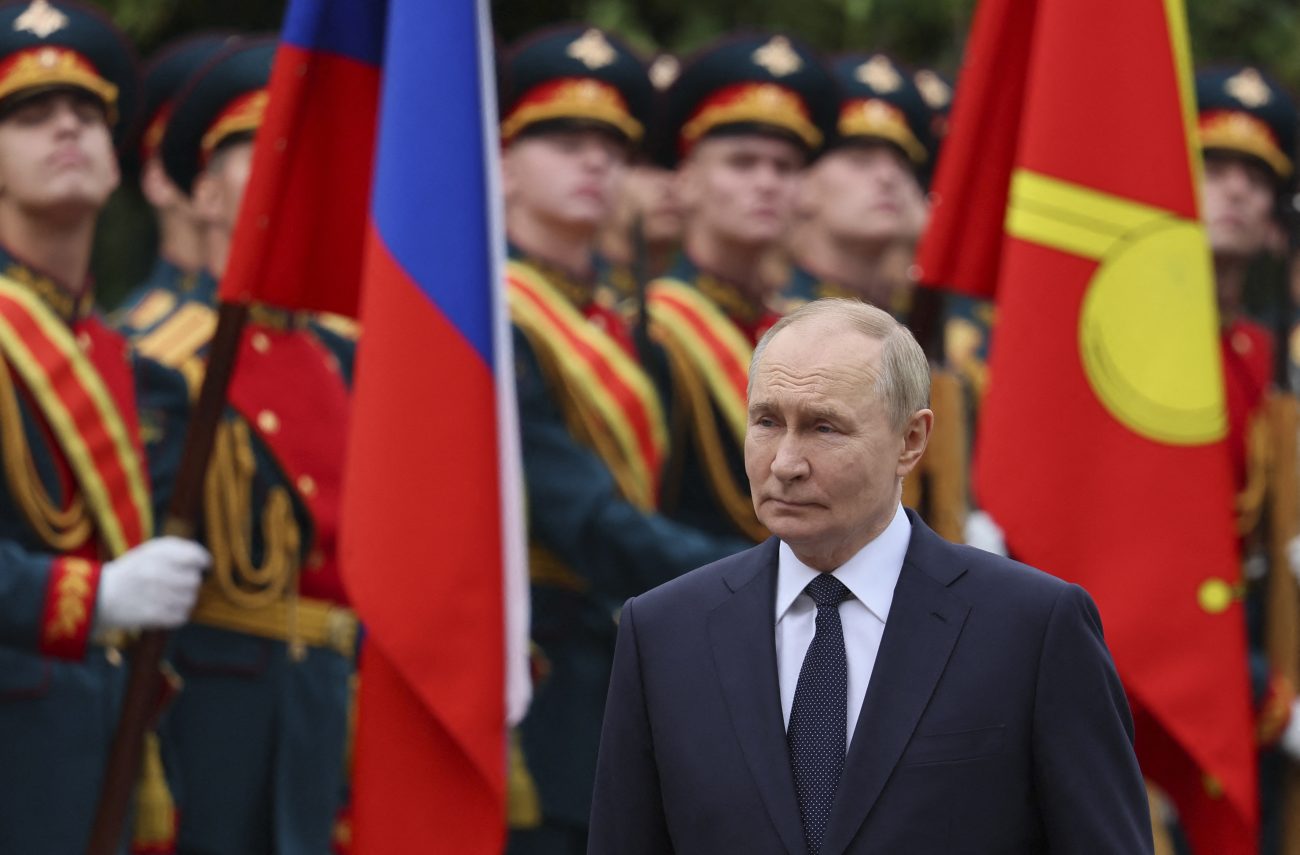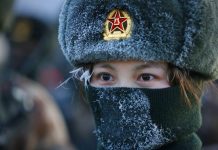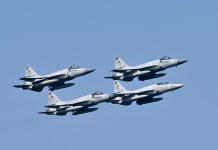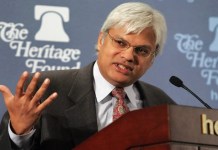As Russia’s war in Ukraine enters its fourth year, the economic cost of the conflict is becoming increasingly visible.
What began in February 2022 as a so-called “special military operation” intended to last just days has transformed into a prolonged and expensive confrontation.
By early 2025, estimates placed Russia’s wartime expenditure between $250 and $300 billion—a staggering sum that is straining the country’s economy on multiple fronts.
Despite efforts to project economic resilience, Russia now faces a troubling convergence of inflation, slowed growth, and mounting structural weaknesses.
For President Vladimir Putin and the Kremlin, the challenge is no longer just military—it is also economic.
With signs of recession on the horizon and key indicators flashing red, a critical question emerges: Can Russia sustain the war effort without triggering deeper domestic instability? And if not, is peace even a viable economic option?
Tightening The Belt As Pressure Mounts
In late June 2025, Putin, while not publicly acknowledging the economic squeeze, announced plans to reduce military expenditures over the next three years. This shift marked a significant departure from the previous Kremlin policy, which had prioritized defense spending as a tool for both geopolitical projection and economic stimulus.
“There’s no final decision yet,” Putin said, referencing discussions between Russia’s defense, finance, and economic ministries. “But overall, everyone is thinking in this direction.”
The timing of the announcement is significant. It came as Russia approaches a critical phase in the war amid increasing cracks in the country’s financial foundation.
Until now, massive wartime spending had propped up industrial output and employment. Scaling it back may signal not just fiscal caution but also a recognition that the economic burden of war is becoming increasingly difficult to bear.
Recession Fears Surface In Official Discourse
Putin’s call to rein in military spending comes just days after a rare public admission from within his own government: Russia may be sliding into a recession.
“We are on the brink of a recession,” said Economic Development Minister Maxim Reshetnikov, speaking at the St. Petersburg International Economic Forum—a stage typically reserved for optimism and projection of strength. But this time, the tone was unmistakably grim.
“The figures show an economic cooling,” Reshetnikov admitted. “All our data reflects past performance. Based on current business sentiment and indicators, we appear to be on the verge of recession – truly on the verge.”
The candor marked a departure from the Kremlin’s usual messaging, which has largely emphasized stability and growth despite international sanctions and wartime conditions. Reshetnikov’s statement suggests that even within the government, confidence in the economy’s trajectory is beginning to erode.
“Turbulent Times Lie Ahead”
That assessment was echoed by Central Bank Governor Elvira Nabiullina just days later. On July 2, she warned that despite a slight easing in inflation, Russia faces “very turbulent times ahead.”
Nabiullina, long credited with steering the Russian economy through sanctions and financial shocks, highlighted structural vulnerabilities that extend beyond the war.
A significant one is the labor market: military-driven wage inflation and restricted immigration have led to a costly wage-price spiral, which continues to fuel consumer price growth across multiple sectors.
She also acknowledged the shrinking space for external support. “Cheap foreign capital, which was readily available before the Ukraine conflict, is no longer an option,” Nabiullina said. As Russia increasingly turns inward for financing, the risks of economic isolation are growing.
Her warning was unequivocal: the combination of fiscal pressure, labor constraints, and geopolitical isolation poses long-term threats to Russia’s economic stability.

Defense Spending At Historic High
In September 2024, Reuters reported that the Kremlin planned to increase defense spending by 25% in 2025, bringing the total to $145 billion. That figure accounts for 32% of Russia’s overall budget and 6.3% of its GDP—far above NATO’s 2% guideline.
This level of expenditure, while politically strategic, is economically destabilizing. By channeling resources into the military, the Kremlin is diverting investment away from civilian sectors, distorting labor markets, and driving up inflation.
Central Bank officials have directly linked this to their monetary policy decisions, cautioning that aggressive rate cuts are now off the table due to the inflationary risks associated with defense spending.
Ironically, even as Moscow accuses NATO of militarizing Europe, its own military outlays now outpace those of any NATO member on a proportional basis. The war effort is no longer just a battlefield operation—it’s the economic backbone of a strained system.
Consumer Pain & Corporate Strain
On the ground, the economic effects are deeply felt. According to El País News, Russia’s economy is “dancing a waltz on a barrel of dynamite,” with the Central Bank fighting inflation on one side and internal political pressure on the other.
While official statistics suggest some moderation—May 2025 inflation stood at 9.9%, down slightly from April’s 10.2%—the cost of living for ordinary Russians continues to soar.
Food prices jumped 12.5% in May alone, with fruits and vegetables climbing nearly 20%. Services rose 12.6%, and non-food goods increased by 4.8%.
Independent institutions estimate the real inflation rate to be above 15%, far higher than the government’s figures suggest.
Meanwhile, corporate bankruptcies are on the rise, jumping 20% in 2024. Over 200 shopping malls reportedly face insolvency due to rising financing costs and reduced consumer demand.
Russia’s manufacturing sector, once buoyed by wartime production, is also slowing. A June 2025 Business Insider report noted a sharp contraction in output, driven by weak domestic demand and a strong ruble hurting export competitiveness.
An Unsustainable War Economy
Latvia’s Foreign Minister Baiba Braže recently offered a blunt assessment: “Russia can go on for a while,” she said, “because it is cannibalizing the civilian economy and prioritizing everything around the battlefield.”
Her statement encapsulates the underlying dilemma. Russia’s economy is still functioning—not because it is strong, but because it is being hollowed out to sustain the war. Schools, healthcare, infrastructure, and basic public services are increasingly sidelined in favor of military needs.
At the same time, diplomatic efforts show little sign of progress. On July 3, U.S. President Donald Trump reportedly spoke with Russian President Vladimir Putin in a private call. Trump later described the conversation as “disappointing,” noting that the Russian president showed no interest in discussing a cease-fire.
This suggests that, for now, the Kremlin is willing to endure economic strain if it means maintaining its position on the battlefield.
Putin Acknowledges The Risks But…
At the same St. Petersburg forum where economic officials aired concerns, President Putin himself acknowledged the threat of stagnation.
“Some specialists and experts are pointing to the risks of stagnation and even a recession,” he said. “This must not be allowed to happen under any circumstances.”
Putin is slowly—but visibly—coming to terms with the inflation crisis and the structural weaknesses eating away at the Russian economy. Yet the bigger question remains: Does economic pressure make peace any more likely?
Many economists argue the opposite. For Putin, peace could be more dangerous than war.
A ceasefire or settlement, they suggest, would strip away the war-driven economic scaffolding holding up entire sectors—from manufacturing to employment—and could trigger the very collapse he wants to avoid.
In other words, Russia may now be trapped in a paradox of its own making: it cannot afford the war, but it may not survive the peace. And until that changes, the conflict is likely to grind on—regardless of the cost.
- Shubhangi Palve is a defense and aerospace journalist. Before joining the EurAsian Times, she worked for ET Prime. She has over 15 years of extensive experience in the media industry, spanning print, electronic, and online domains.
- Contact the author at shubhapalve (at) gmail.com




